School has started again! This time of year can be crazy: vacation is over, schedules are all over the place, and getting healthy food on the table (and in the lunch boxes) can be tough. It’s the perfect time to think about some healthy recipes that we’re all in need of.
A healthy, balanced diet is not just good for your child’s body, it’s good for her brain, too. As you might know, our brain is a very hungry organ – it consumes more than 20% of our daily calories intake, and is the first of the body’s organs to absorb nutrients from the food we eat, according to Bethany Thayer, MS, RD, a Detroit nutritionist and spokeswoman for the American Dietetic Association (ADA). Therefore, the right foods can also improve our child’s brain function, memory, and concentration, and get her ready for another successful school year ahead.
We’re all aware of the importance of enough fruit and vegetables, but what else can you offer your children to optimise their chances of having a good day at school? Below are our top seven nutritious and delicious school snacks to include in your child’s diet weekly.
These are the best foods for the developing brain:
Here’s a quick list of 7 nutrient-dense foods that will boost your child’s brain power:
1. Eggs
Eggs contain all the nutrients children need to grow. Children’s brains are developing at a significant rate, especially for the first years of their life. Rich in choline, the yolk of an egg almost meets the daily needs of children up to eight years old. Eggs are also high in protein and contain iron, folate and vitamin A – all of which are important for growth, repair and development of cells. So encourage your child to eat eggs regularly, unless she is allergic to it.
Meal ideas: Hard boiled eggs mixed with a small amount of mayonnaise is perfect in a sandwich, or dipping bread in egg and frying it up to make French toast as a weekend breakfast when you have a little more time.
2. Oily fish
Rich in omega-3 which is vital for brain development and health, oily fish has so many benefits. Omega-3 fatty acids are essential components of the building blocks needed for cell development. Certain types of omega-3 fats are the most abundant fat found in the brain and some studies have shown they may help manage behavioural problems due to their role in neurotransmitter function.
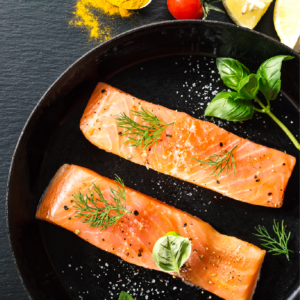
Other studies have linked poorer reading ability with low levels of omega-3 and supplementation was linked to improved memory function.
Salmon, mackerel, fresh tuna, trout, sardines and herring are great sources of omega-3 oils and should be eaten once a week. Try substituting one of your child’s meat dishes to include one of these healthy fish choices with family-friendly recipes.
Meal idea: Tuna sandwiches, or sandwiches with salmon salad – canned salmon mixed with reduced-fat mayo or non-fat plain yogurt, raisins, chopped celery, and carrots make a great lunch.
3. Oats, cereals & whole grain breads
Packed with carbohydrates, whole grains provide essential glucose and energy to fuel the brain. They are also full of vitamin E, zinc, and B-complex vitamins, which nourish a healthy nervous system. Numerous studies have shown that a breakfast filled with whole grains improves short-term memory and attention, when compared with refined carbohydrates or no morning meal at all. Whole grains are found in oats, granary bread, rye, wild rice, quinoa and buckwheat. Whole grain foods are also high in fiber, which regulates glucose supply into the body. So, why not try and start your child’s days with whole grain cereals, breads or oats?
Meal idea: Whole grain crackers with tasty toppings such as cheese, mashed avocado or banana are a great treat; hummus or a bean dip with whole grain pita is an easy and quick idea for lunch boxes; or swap rice for whole wheat couscous for dinner.
4. Berries
Berries (blackberries, blueberries, raspberries, dark cherries, mulberries, goji berries, etc.) are lunch-box-friendly and packed with vitamins that help boost memory and cognitive functioning. They are also great sources of natural sugars and fiber, which is important for a healthy digestive system. “In general, the more intense the color, the more nutrition in the berries,” says Sarah Krieger, MPH, RD, LD/N, a St. Petersburg, Fla. consultant and ADA spokeswoman…
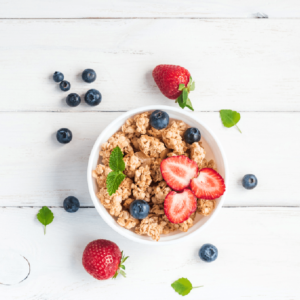
Berries boast high levels of antioxidants, especially vitamin C, which may help prevent cancer. Studies have shown improved memory with the extracts of blueberries and strawberries. “But eat the real thing to get a more nutritious package,” Krieger says. “The seeds from berries are also a good source of omega-3 fats.”
Meal idea: Add berries to veggies that may need a flavor boost — like sliced sweet cherries with broccoli or strawberries with green beans. Toss berries into a green salad. You can also add berries to yogurt, hot or cold cereal, or dips. For a light dessert, top a mound of berries with nonfat whipped cream.
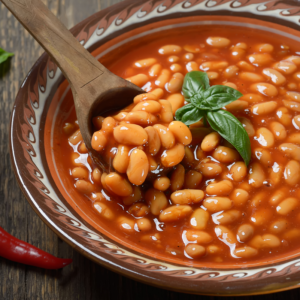 5. Beans
5. Beans
High in protein and packed with vitamins and minerals, beans are an excellent food choice for your kids. Beans are special because they have energy from protein and complex carbs — and fiber — plus lots of vitamins and minerals. “These are an excellent brain food since they keep a child’s energy and thinking level at peak all afternoon if they enjoy them with lunch.” Krieger says. Kidney and pinto beans contain more omega-3 fats than other beans which we know are important for brain growth and function. Not only do they release energy slowly which keeps children filled with energy, it will help them concentrate in the classroom.
Meal idea: Sprinkle beans over salad and top with salsa. Mash vegetarian beans and spread on a tortilla – and add shredded lettuce and low-fat cheese. Mixing beans in spaghetti sauce or swapping them occasionally for meat will also make a good dinner choice.
 6. Milk, yogurt & cheese
6. Milk, yogurt & cheese
Milk, yogurt and cheese are nutritious and packed with protein and B-vitamins which are essential for growth of brain tissue, neurotransmitters and enzymes which all play an important role in the brain. Another benefit is that these foods are high in calcium which is vital for the growth of strong and healthy teeth and bones. Children have different requirements for calcium depending on their age, but you should aim to include two to three calcium-rich sources a day.
Meal idea: Low-fat milk over cereal – and calcium – and vitamin D-fortified juices – are easy ways to get these essential nutrients. If your child isn’t a lover of milk, don’t worry, as there are other ways that you can add dairy into the diet: use milk instead of water when making porridge, puddings or pancakes. Cheese sticks and yogurt are great snacks and usually popular with children.
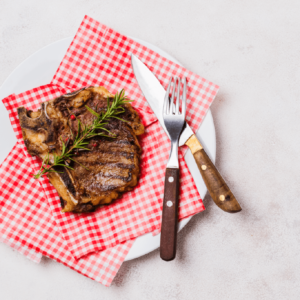 7. Meat (or alternative meat)
7. Meat (or alternative meat)
The American Academy of Pediatrics recommends meat as a first food because it’s such a great source of protein, zinc, iron, and fat. Plus, a developing brain needs more saturated fat than an adult one. Iron is an essential mineral that helps kids stay energized and concentrate at school. Lean beef is one of the best absorbed sources of iron. In fact, just 1 ounce per day has been shown to help the body absorb iron from other sources.
Meal idea: Meatballs on spaghetti, healthy spring rolls, or mini beef and mushroom burgers are great kid-friendly choices for your child (and adults love that, too!). For vegetarians, black bean and soy burgers are great iron-rich meatless options. Eat tomatoes, red bell peppers, orange juice, strawberries, and other “Cs” with beans to get the most iron.



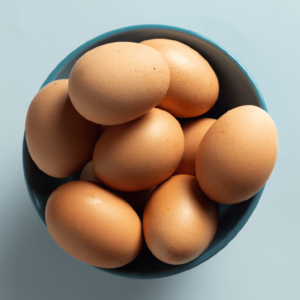

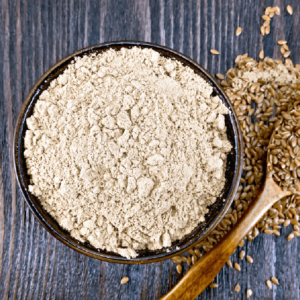

 5. Beans
5. Beans 6. Milk, yogurt & cheese
6. Milk, yogurt & cheese 7. Meat (or alternative meat)
7. Meat (or alternative meat)








